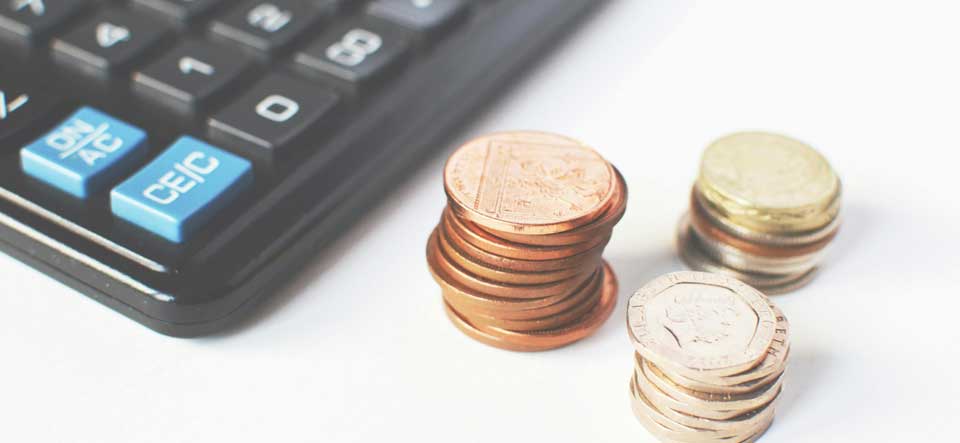HMRC VAT returns: a primer for businesses in the UK
HMRC VAT : You’re not alone if you feel a little overwhelmed by VAT because there are a lot of criteria, dates, rules, and regulations that apply. And that’s before you start importing and exporting VAT and crossing international borders.
Even the most seasoned VAT veterans still rely on the assistance of certified accountants to help them manage their filing of VAT returns and other paperwork.
Therefore, our goal in writing this post is to give you a brief introduction to VAT reclaims, covering all the fundamentals you should be aware of before you begin.
How is VAT calculated?
You will have to register your business for VAT once its taxable revenue exceeds £85,000. This implies that in order to charge VAT on taxable goods and services, you must do so. The proportion of the taxable sale is used to calculate the VAT amount. We call this the “output tax.”
Selling
While there are several VAT rates, the typical VAT rate, which is the most prevalent, is 20%. For instance, you have to add 20% more to the sale price of a taxable item you sell for £100 in order to charge VAT. That leaves you with £120 to charge the customer.
Alternatively, you might decide to maintain the £100 sale price and deduct the £20 VAT from your own profit. While this may assist retain current clients, it also reduces your earnings.
Buying
Another VAT-registered firm will charge you VAT if you make a purchase from them. Thus, it is referred to as “input tax” when the shoe is on the other foot.
Your VAT return from HMRC
To deduct output tax from the amount you collect from your own customers, you must first compute the amount of input tax you have paid to your suppliers.
Every three months (during your accounting cycle), you will report this information to HMRC.
- You are entitled to a refund if you pay suppliers more tax than you get from customers.
- You will be required to pay the difference to HMRC if you collect more from suppliers than you do.
Alternatively, you can sign up for a flat rate arrangement if your VAT taxable turnover remains below £150,000. This eliminates the need for you to compute the output less input and enables you to pay HMRC a set proportion.
VAT bills
When a company wishes to charge VAT or recover VAT that has been levied to them, they send a VAT invoice.
A few crucial points about VAT invoicing are as follows:
- This kind of invoice can only be issued by companies who are registered for VAT.
- VAT invoices are only required if the person receiving them is likewise registered for VAT.
- Companies without a VAT registration should only send out basic invoices (i.e., without applying output tax).
There are several requirements you must meet regarding VAT invoicing in order to ensure complete HMRC compliance.
An invoice for VAT needs to contain
- Company name
- Registered address
- The VAT number you have
- The name and address of the client
- An individual invoice number
- Date of issue
- Date of delivery
- Describe the goods and/or services
- Number of pieces per item
- Cost per item (VAT not included)
- VAT rate for each item
- Any savings that were made
- Total amount owed (VAT excluded)
- Total amount owed for VAT
When is it necessary for a firm to register for VAT?
When a company’s VAT taxable revenue surpasses the existing level, which is currently £85,000, mandatory registration takes effect.
Therefore, it’s time to register for VAT if you know your VAT taxable turnover (the total of all sales that are not exempt from VAT) will exceed that threshold.
In the event that: You must register for VAT.
- You anticipate that during the course of the following 30 days, your VAT taxable turnover will exceed £85,000.
- Over £85,000 in VAT-taxable revenue was generated by your company in the previous 12 months.
All traders are covered by this law, including limited firms, partnerships, and single proprietors. If your taxable turnover momentarily exceeds the threshold, you can request a registration exception.
Are you able to sign up on your own?
There are individuals who voluntarily decide to register their firm for VAT.
- Opportunities to save taxes for clients who are able to recover their own VAT.
- It can make the company look bigger and more established than it actually is.
- Registering for VAT allows you to reclaim any taxes you frequently pay to suppliers over what you charge to clients (for example, if you offer non-VAT taxable goods and services but pay a lot of VAT on business supplies).
VAT delays and new post-Brexit regulations
VAT-registered companies who import products into the UK from anywhere in the globe will be able to use a system called “postponed VAT” starting of January 1, 2021.
Registered firms can use postponed VAT to account for import VAT on their VAT Return instead of having to pay it at the time the items cross the UK border. The method is developed to ensure that importing items has no effect on cash flow.
Customs declarations and payment of any additional charges that apply will still be mandatory.
Businesses that export goods from the UK must now have an EORI number as of the beginning of 2021. They also need to know the EU EORI number of any European companies they are exporting to.
Businesses in the UK that export to other EU countries must pay taxes on the goods they import.
If you haven’t already, you’ll be relieved to hear that domestic VAT regulations have not changed since Brexit, so you don’t need to worry about that.
How VAT works
More News


